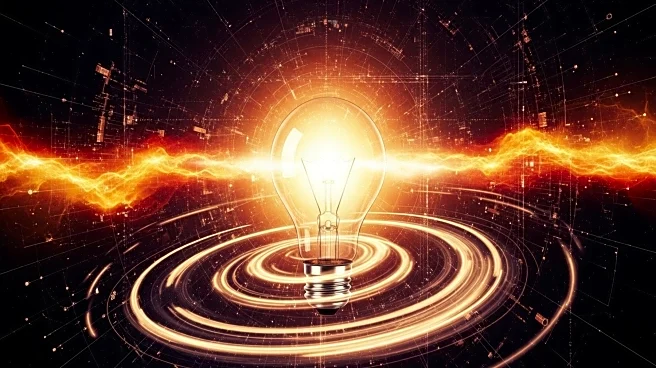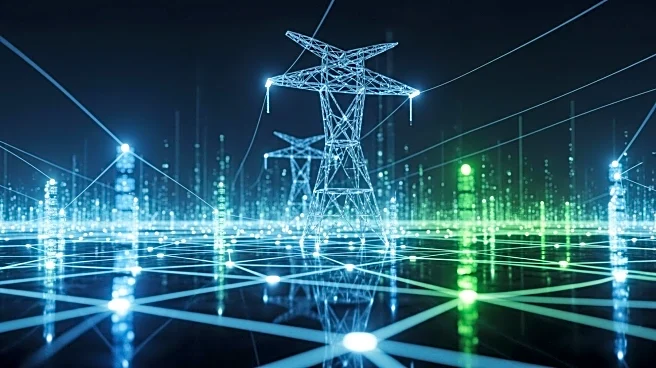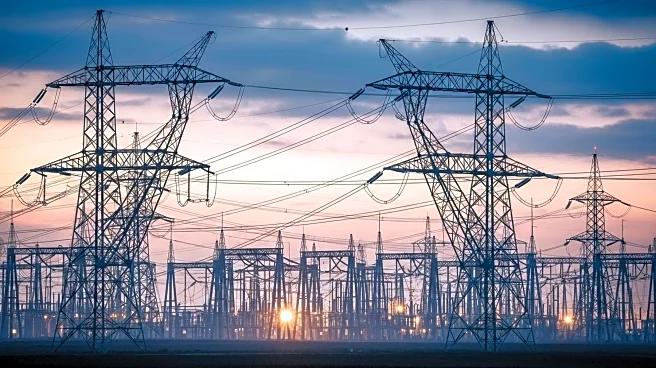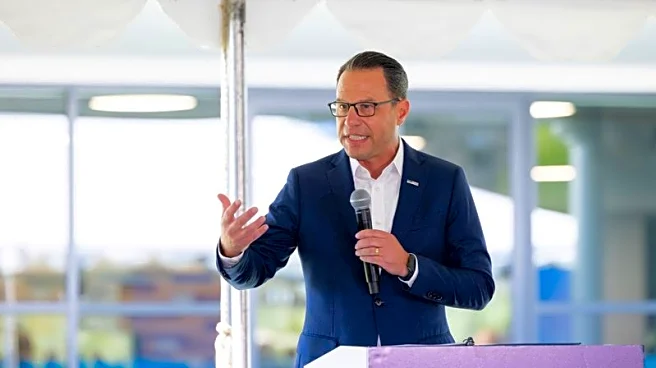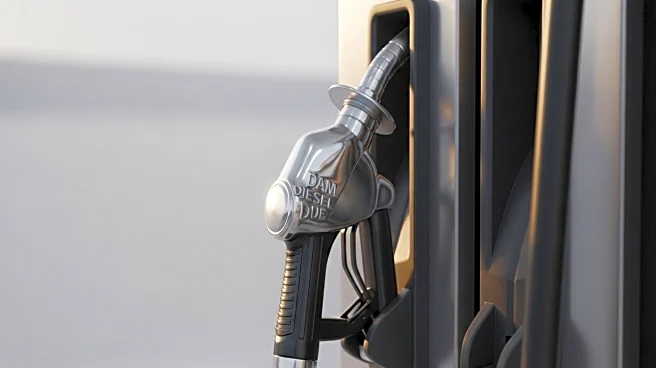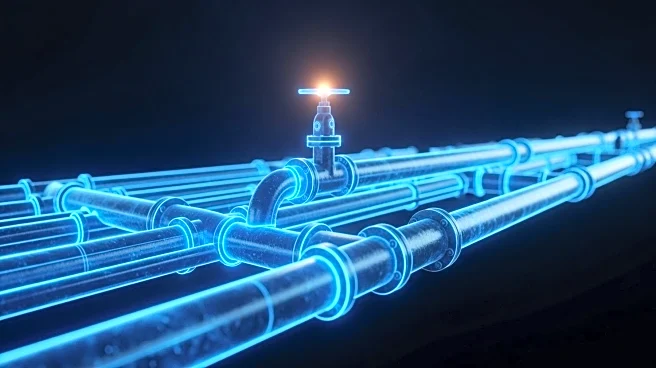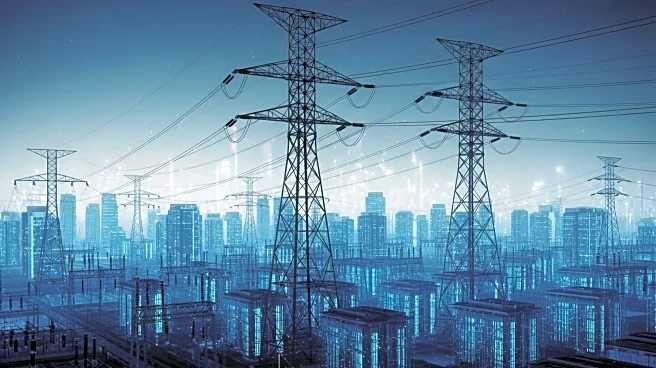What's Happening?
U.S. utilities have requested $29 billion in rate increases during the first half of 2025, driven by rising electricity generation and demand. According to the U.S. Energy Information Administration, total net electricity generation increased by 3.8% in July compared to the previous year, attributed to hot weather and growing demand from data centers and electrification. The SOO Green transmission project, under development for 12 years, aims to link the PJM Interconnection and the Midcontinent Independent System Operator, with potential operation starting between late 2031 and mid-2032. Concerns over capacity growth have led to tensions among governors in the PJM footprint, who threaten to withdraw their states unless given more influence in grid operations.
Why It's Important?
The surge in electricity demand and subsequent rate increase requests highlight the challenges facing the U.S. electric utility industry. As demand grows, utilities must balance the need for infrastructure investment with affordability concerns for consumers. The development of projects like the SOO Green transmission line is crucial for meeting future demand and ensuring grid reliability. However, the slow pace of capacity growth raises concerns about the ability to meet anticipated demand, potentially leading to higher costs for consumers and increased pressure on utilities to innovate and expand their infrastructure.
What's Next?
The ongoing development of the SOO Green transmission project and other initiatives will be critical in addressing capacity concerns and supporting the growing demand for electricity. Utilities may face increased scrutiny from regulators and consumers as they seek rate increases to fund infrastructure improvements. The potential withdrawal of states from the PJM Interconnection could lead to significant changes in grid management and influence future policy decisions. Stakeholders will need to navigate these challenges to ensure a reliable and affordable energy supply.
Beyond the Headlines
The rising demand for electricity and associated rate increases reflect broader trends in energy consumption and infrastructure development. As data centers and electrification drive demand, utilities must adapt to changing consumer needs and technological advancements. The tensions between states and grid operators highlight the complex dynamics of energy governance and the need for collaborative solutions to address capacity and affordability challenges. Long-term, these developments may influence energy policy and investment strategies, shaping the future of the U.S. electric utility industry.


